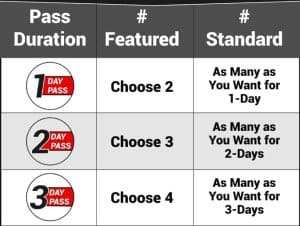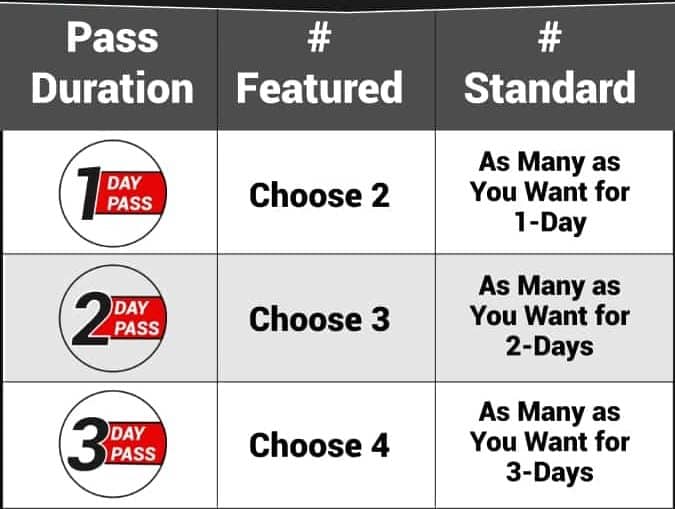Includes admission and with the audio tour
Brief HistoryIn 1798, Don Andres Ximenez built this fine three-story home and warehouse of coquina for he and his bride, Juana Pellicer Ximenez. Juanas father, Francisco Pellicer led the Menorcan exodus of 1777 out of New Smyrna, from their illegal bondage by Dr. Andrew Turnbull. Pellicer brought approximately 600 people to St. Augustine at the invitation of British governor Colonel Patrick Tonyn. Francisco Pellicer was also a master carpenter and may well have been involved in the construction of this home. In his original site plan, Ximenez included a grocery story and storage room, tavern, and billiard hall on the first floor, family bedrooms and living area on the second floor, and servants/enslaved persons living areas on the third floor. There were also two large warehouses that butted up to each other – what we now know as the first floor guest rooms – along with a detached kitchen and washroom.Juana Ximenez died in 1802, at the age of 26. Andres followed in 1806. He was 53. The Ximenez family passed the property among them until 1825, when Mrs. Margaret Cook and her husband were given the opportunity to purchase an interest in 1/3rd of the house. She bought another 1/3rd interest in 1827, after her husband passed away. By 1830, Mrs. Cook owned the whole compound. She converted the home into a boarding house by turning the tavern into a lobby, the billiard hall into a fine dining room, and the two warehouses into four guest rooms. The grocery store and storeroom remained intact since it was such a profitable business. Mrs. Cook hired Eliza Whitehurst, a single lady, to manage her new boarding house. In June 1838, Mrs. Whitehurst died, most likely due to a Yellow Fever epidemic ravaging St. Augustine.In July, Sarah Petty Anderson, also a single woman, purchased the boarding house from Mrs. Cook. In 1852, Louisa Fatio, the last of this impressive line of single women to either own or manage the property, became the manager of Miss Andersons boarding house.In 1855, Miss Anderson sold the property to Louisa and moved to Tallahassee. Miss Fatio owned the property and kept it afloat during times of slavery, secession from the Union, re-occupation by Union troops in 1862, and Reconstruction. She died in 1875, having maintained the integrity, reputation, and prominence of this boarding house through a time when the term boarding house often had a very negative connotation.The house spent the next several decades as an artists retreat until it fell into disrepair by the 1930s – yet the downstairs/grocery store and storeroom always housed some form of retail business.In 1939, The National Society of the Colonial Dames of America in the State of Florida purchased the property, and in the process of refurbishing the home, presented it for the first time to the public on May 6, 1940, as an example of historic home restoration. Please visit this amazing property at your first convenience. In the meantime, we have built this extensive website for you to virtually step onto our property, play our games, hear our stories, and read of our history.











